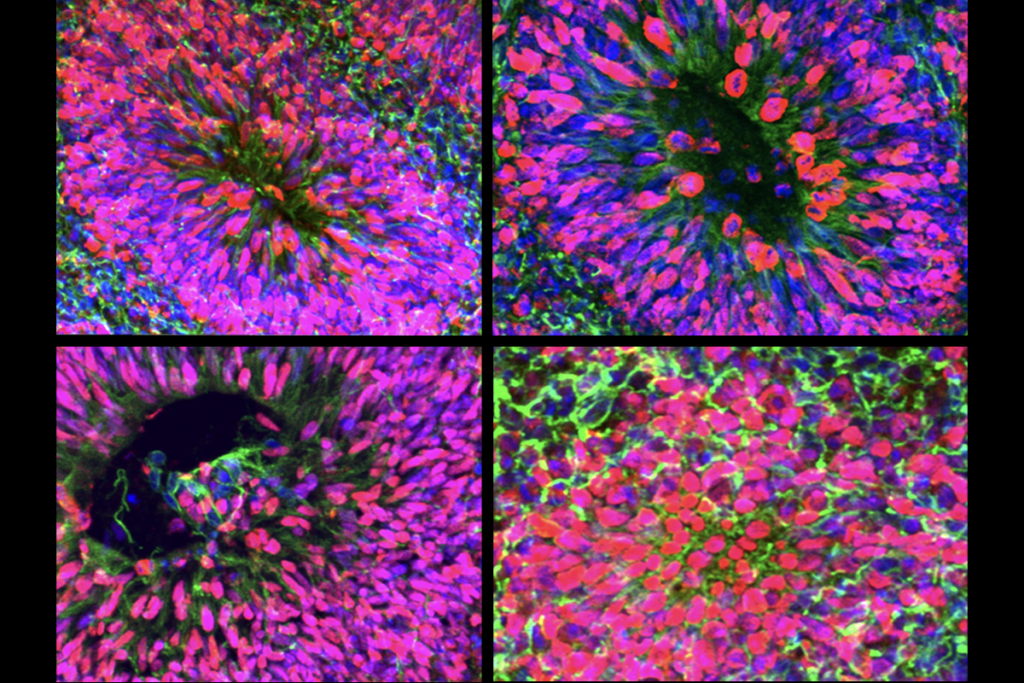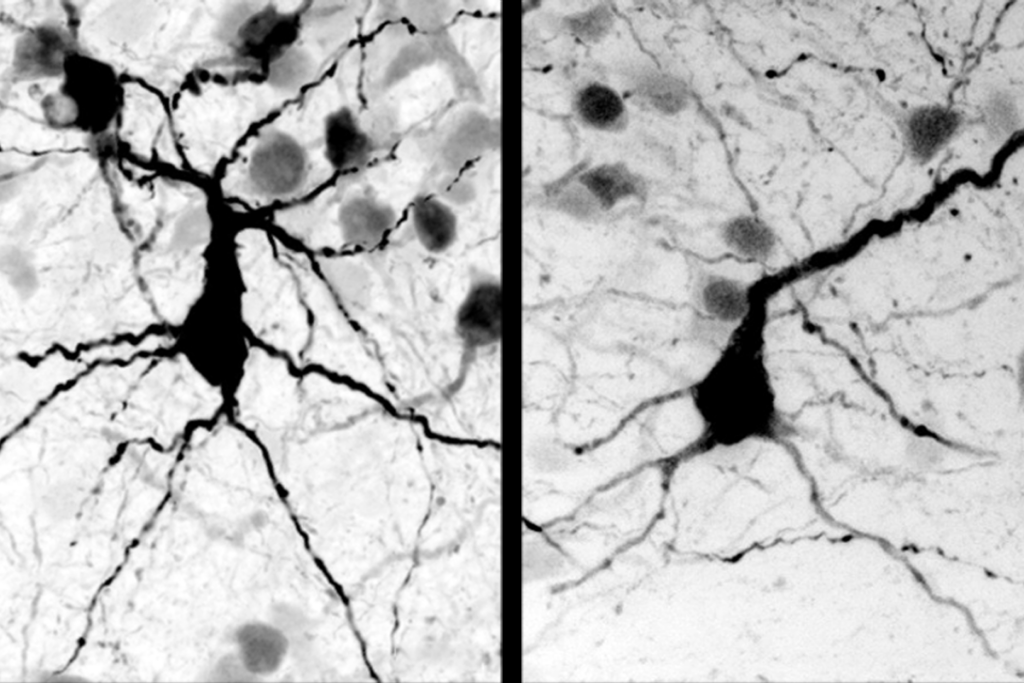Genetics: Common mutation linked to risk of mental disorders
A common variation within a region on chromosome 16 puts a large proportion of the general population at risk for intellectual disability, according to a study published in August in Nature Genetics.
A common variation within a region on chromosome 16 puts a large proportion of the general population at risk for intellectual disability, according to a study published in September in Nature Genetics.
Evan Eichler and his colleagues reported in 2009 that a small deletion in the 16p12.1 chromosomal region, in combination with other mutations, can lead to inherited mental disorders.
The new study reports that this genetic region exists in two different structural forms, S1 and S2, both of which differ from the reference human genome.
The S2 configuration, seen in about 82.4 percent of the population, is much larger, containing several repeated regions. The duplications, and their specific orientation on either side of the region, make S2 prone to the type of rearrangement that would lead to its deletion.
The presence of the S2 configuration is a direct risk factor for the 16p12.1 deletion. The researchers report that 34 of the 35 tested individuals with this mutation carry two copies of the S2 structure. None had two copies of S1.
When the researchers compared the chromosomal region among several species of primates, they found that it seems to have expanded during evolution to form the S1 and S2 configurations. Chimpanzees, gorillas and humans all have several duplications in this region compared with orangutans, gibbons and macaques, suggesting that the expansion took place in a relatively short evolutionary time.
Recommended reading

New organoid atlas unveils four neurodevelopmental signatures
Explore more from The Transmitter
Snoozing dragons stir up ancient evidence of sleep’s dual nature

The Transmitter’s most-read neuroscience book excerpts of 2025


